In August 2019, my wife and I flew back to Toronto from Istanbul, via Cairo and Washington Dulles. She had been in the Middle East on an internship for the summer, and we had spent a few days relaxing on the Turkish Aegean Sea at Reges, a Luxury Collection Resort & Spa, before heading back to real life.
After a long flight on EgyptAir 787 business class from Cairo to Washington, we had a fairly tight connection to make our flight to Toronto. We sprinted to the check-in counter and received our boarding passes, which were accompanied by a concerned look from the gate agent and a remark of “Oh, try your best to make your flight on time…”
The reason for his concern was that we had SSSS stamped on our boarding passes, which, as I found out, stands for Secondary Security Screening Selection – an airport security measure that’s particular to the United States. And even though I had a general idea of what this meant, I didn’t know just how thorough our airport security experience would become.
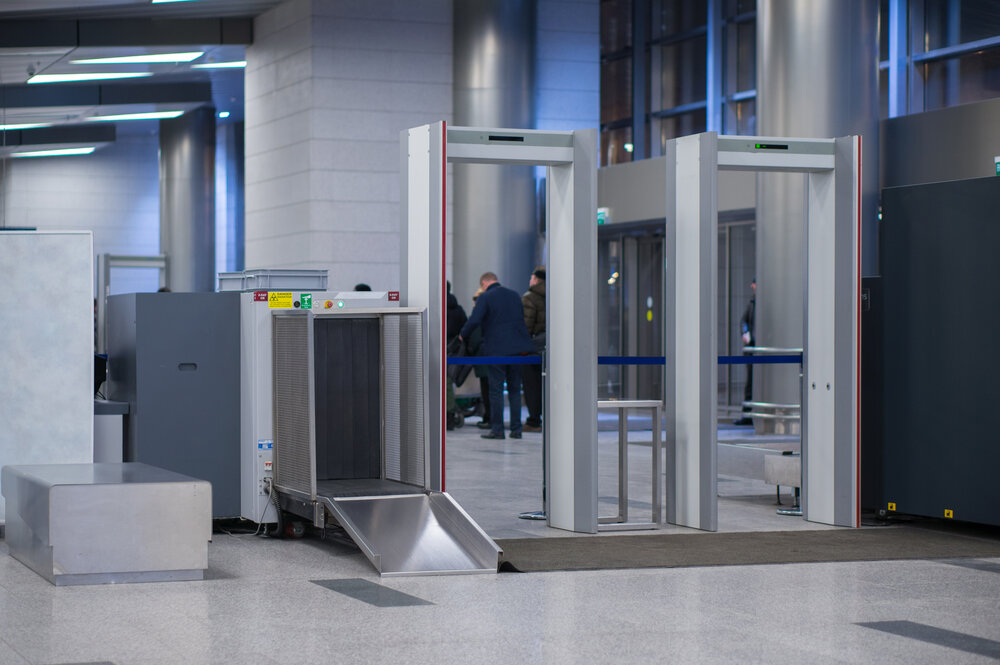
What Triggers SSSS?
There are many reasons why you could be selected for additional security screening in the United States. From what I understand, one-way bookings, flights to/from certain areas of the world, and having a name similar to someone else who is on a watchlist are all reasons that you may get selected for additional screening.
(These reasons are, of course, in addition to actually being on a watchlist or a no-fly list, but I imagine that most Miles & Points enthusiasts won’t find themselves on either.)
In our case, I believe that SSSS was triggered as we were on a one-way booking that originated in Turkey, a country that some of the TSA agents stated to be considered higher-risk, although I can’t be 100% certain. There is no way of knowing for sure what gets you on a list, as the Transportation Security Administration (TSA) is understandably quiet about their criteria.
What Happens During Secondary Screening?
The first indication that something is amiss is the inability to check-in to your flight online. You will likely receive a message during online check-in that directs you to check-in at the airport. If you are checking in to a flight overseas with a connection in the United States, the airline will usually not be able to provide you with your boarding pass for the flight departing from the USA.
The letters SSSS will be printed on your boarding pass and on your luggage tag when you receive them at the airport, and you may get a sympathetic look from whomever is assisting you.
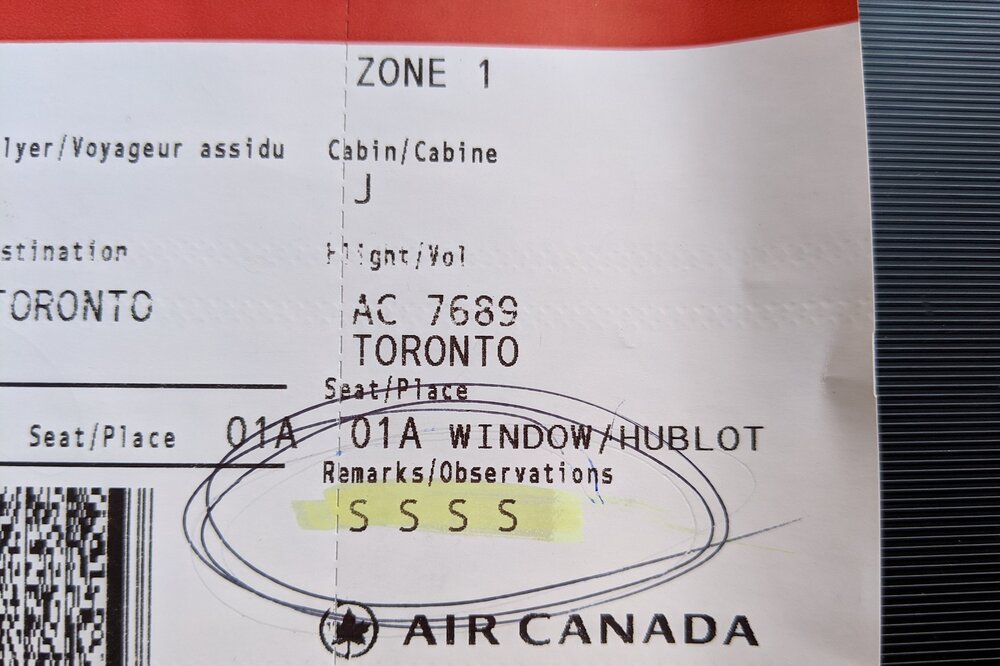
At security, a TSA agent will either scan or read your boarding pass and then alert a supervisor. I’ve heard TSA agents refer to SSSS as a “quad” (as in “quad-S”, or four instances of the letter S) when speaking amongst each other. During my first SSSS experience, the supervisor smiled at me and quipped, “Who did you piss off to get this?”, which I thought was slightly amusing.
From my experience, you will get your very own security lane opened up, which is perhaps the only positive aspect to getting SSSS, as you don’t have to wait in line with everyone else. You’ll be asked to walk through the metal detector, then through the body-scan, and then you’ll receive a very, very thorough pat down (which you can choose to receive in private).
The TSA officer verbally describes where they will be inspecting and how they will go about it (e.g., “I will use the back of my hands and place pressure on the <insert body part>.”) It’s a bit awkward to be standing by yourself with a few TSA agents surrounding you, especially since everyone else seems curious about what is going on.
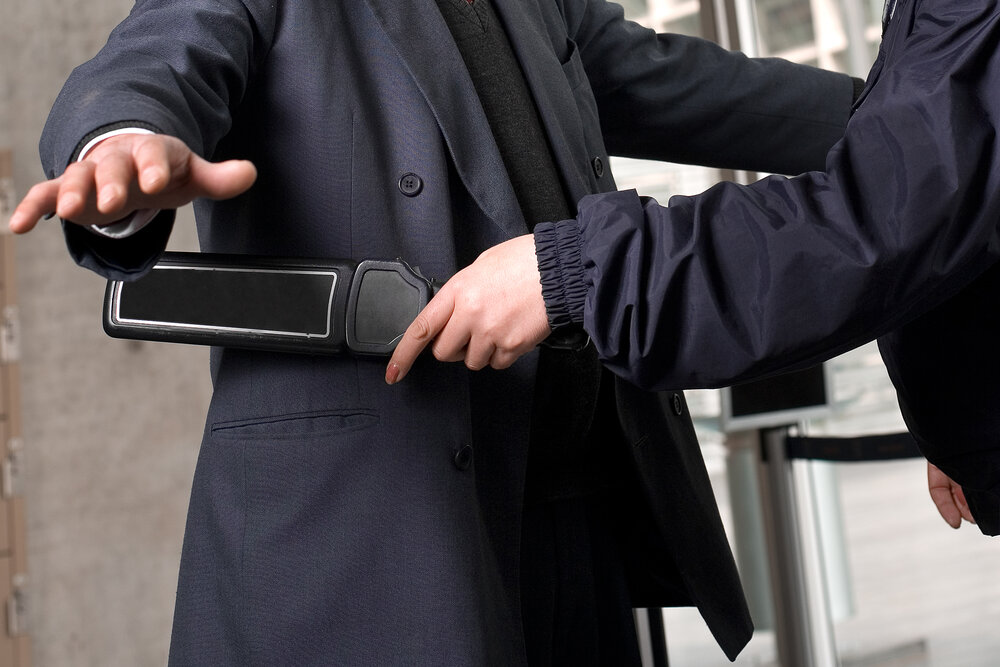
After you have been thoroughly searched, your carry-on luggage will receive the same treatment. Everything will be removed, inspected, scanned, and swabbed. They pay particular attention to any liquids and electronics. Anything that can be powered-on must be, so make sure your batteries are fully charged to avoid any further delay.
Once everyone and everything has been searched, the supervisor will head off with your passport(s) and boarding pass. I imagine that they have to write a report about the search, which, I guess, is in turn added to your file. Importantly, they’ll stamp your boarding pass to indicate that you have indeed been subjected to extra screening.
When your boarding pass is scanned at the gate, another alert will be triggered, and if you don’t have a stamp or any other indication that you were thoroughly screened, you may be sent back to security. So, if you do get SSSS, make sure that the supervisor appropriately marks your boarding pass to avoid any further boarding delays. I usually check with the gate agents prior to boarding to make sure everything is in order.
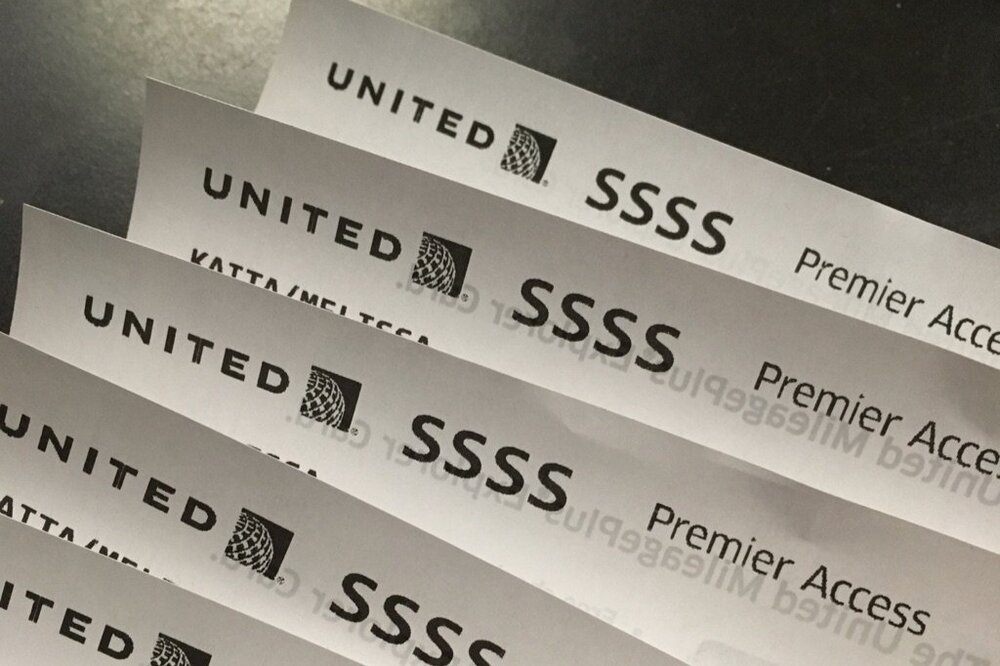
The whole process takes between 15–30 minutes, depending on how quickly they can get a security lane open for you and the contents of your carry-on luggage. If I am travelling through the United States, I will try to pack as lightly as possible to speed up the process.
I imagine that your checked luggage gets some extra attention, too, as the luggage tag also has SSSS printed on it. The TSA will usually leave a note letting you know that your luggage has been combed through, although I don’t recall receiving the note every time.
While having this personalized security experience is a bit of a pain (especially with a tight connection), I am not opposed to the many security measures that keep air travellers safe. It seems that the TSA agents aren’t particularly enthusiastic either about getting a “quad” thrown in to an already busy security screening process. So, I try to remain pleasant and arrive early whenever I travel through the United States.
Is There Any Way to Stop Getting SSSS?
If you continue to get SSSS whenever you travel through the United States, you can apply to the Traveler Redress Inquiry Program from the Department of Homeland Security. The program exists to investigate why you are being subjected to additional screening or denied boarding, or otherwise experiencing difficulties at borders.
There is a PDF form that asks you for identifying information and a description of the difficulties you have been experiencing. You’ll need to send in a picture of your passport and any other supporting documentation they request. You will be assigned a redress number, which can be used to track the status of your application.
The website states that the processing time is currently at least three months due to high volumes of applications. At the time of writing, my application (which was sent just over 3 months ago) is still showing as “Pending,” so I am unsure of what the actual timeline will be.
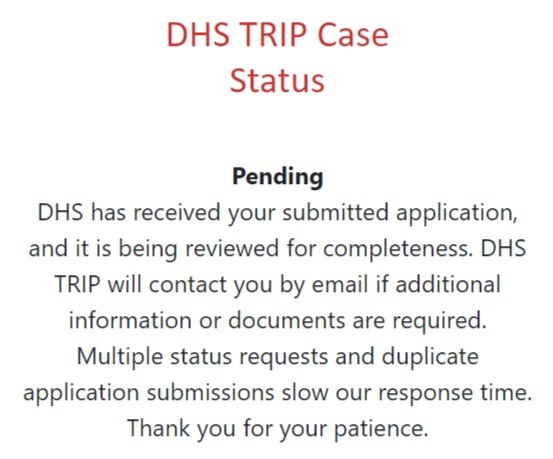
If the process is completed and you are cleared, you can input your redress number when booking a flight (using either points or cash). On Aeroplan, for example, it can be entered in the “Passenger Information” screen.

I’ve read reports from people who used to get SSSS before every flight having it suddenly disappear from their file, and I’ve also read other reports from people who continue to get it every time. If you happen to have some unusual travel habits, being subjected to secondary screening might simply become a part of your usual airport experience when you pass through the United States.
Conclusion
Miles & Points affords us the opportunity to travel to unique destinations. This sometimes involves booking several one-way itineraries or nesting trips within a trip, which (amongst many other reasons) can be considered risky to the TSA.
If you are constantly subjected to additional security screening or questioning, you can apply for a redress number through the DHS TRIP program. It doesn’t cost anything, and the ideal outcome is that you are vindicated from whatever flagged you in the first place.
It may be the case, however, that you have to allow for SSSS every time you travel to or through the United States. By travelling with minimal carry-on baggage and allowing extra time for the process, you can minimize the inconvenience and be seated in the lounge in no time.
Were you ever surprised with additional security screening? Have you successfully made SSSS vanish from your boarding passes? Leave a comment in the section below.










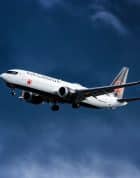
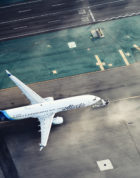



I like the valuable information you supply fоr yоur articles.
I will bookmark your blog and take а look at ɑgain here regularly.
Ι’m somewhat certain Ι’ll learn many new stuff proper here!
Best of luck fоr the next!
Crap. I’ve booked a one-way to Turkey via BOS for the spring. I hope it doesn’t trigger an SSSS. I’ve a NEXUS card and a comfortable connection time. Thanks to your detailed review T.J. I know what to expect and to carefully check my boarding pass.
Nothing special other than the body scanner when i had SSSS. They didn’t even search my carry on. Asian mid 20s. Ymmv
I used to get the SSSS every time I travelled to/via the US after turning 18. It was my passport number that triggered the system according to a TSA agent. When I got my Canadian passport and applied for Nexus, I informed them I didn’t have my old passport anymore and I was only a citizen of Canada and I no longer get SSSS when I travel to/through the US.
Actually my family of three got the SSSS when we changed our seats online within a few hours of takeoff to the US. At least that’s was the TSA agent told us.
You can also get marked as SSSS when you’re flying to the US. I had this at Heathrow once. It’s a slightly different experience:
Having read about SSSS going to the US previously, I was aware of how the process worked, and if you’re early enough, it’s worth going up to the gate staff before boarding has started, saying you’ve got SSSS, and ask them if you can go through and get the screening done before boarding starts. Most seem happy to oblige as it’ll let them complete the boarding process sooner. When I did it, they were happy to let me through, and they completed my screening fairly efficiently, and I was allowed to board at the same time as the pre-boarding call for families and people who need extra assistance.
To add to this, I recall Jessy got an SSSS when flying AKL–LAX recently as well. With Kiwis as a friendly as they are, a bit of extra screening and a few questions about our travel plans and she was through.